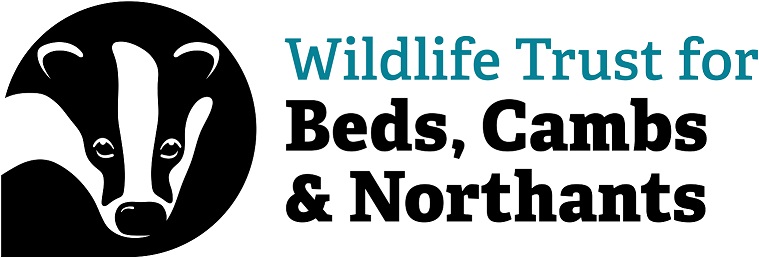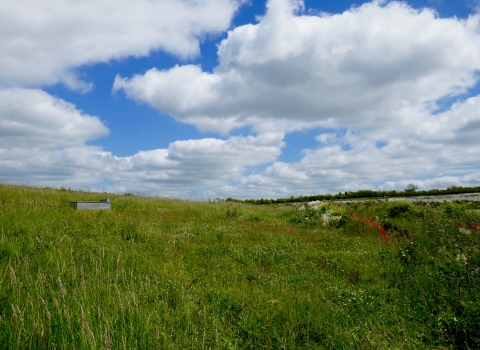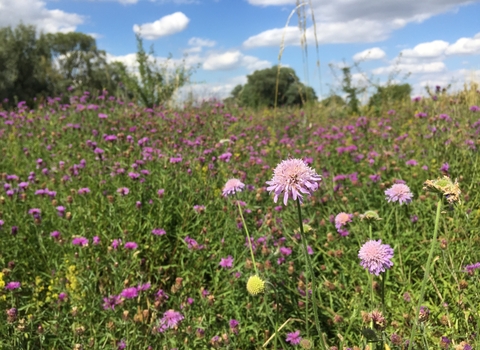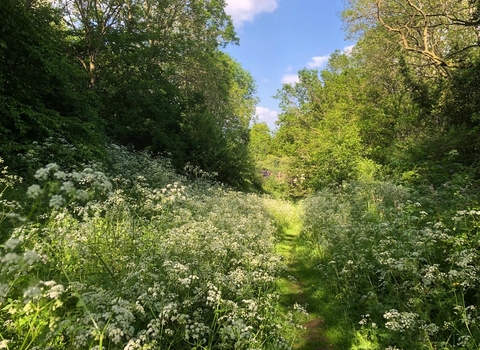Local Authorities across the country have been preparing Local Nature Recovery Strategies (LNRS).
These strategies are a requirement of the Environment Act (2021), and will be important in setting the framework for future conservation. In particular they will guide where Government schemes for wildlife are targeted. Local Authorities are required to consider these strategies when they prepare new Local Plans too.
The development of LNRSs has been carried out in different ways in each county, and in Northamptonshire there are two strategies, one for each of the relatively newly formed Unitary Authorities. However, they are being produced to a standard framework.
Each LNRS has involved a public survey at two key stages. After a survey gathering local priorities, there is then a survey on the draft strategy, which includes maps setting out where there are known to be key wildlife sites, and where future conservation activity should be focussed.
The Wildlife Trust BCN has been engaging with the development of the LNRSs throughout our region, but we would also encourage the public to engage where they can too.
LNRS consultations underway
The consultation on the draft Local Nature Recovery Strategy (LNRS) is now open until 7th September 2025 for Bedfordshire and the 18th of September for Cambridgeshire and Peterborough.
This is your last chance to comment on these strategies before they are finalised and published.
These strategies have the potential to provide a huge boost for nature in their respective counties and if successful will provide a valuable framework for charities, public bodies, landowners and the public to work together to protect precious species and habitats across landscapes. Please show your support and help us make the strategies fit for purpose by responding to the consultations.
North Northamptonshire has already adopted its final strategy, and the West Northamptonshire consultation is expected imminently.
The LNRSs include:
- A description of the county's nature, its pressures and opportunities.
- Important existing sites for nature
- The priorities and measures for nature recovery
- Areas where these measures can be delivered



